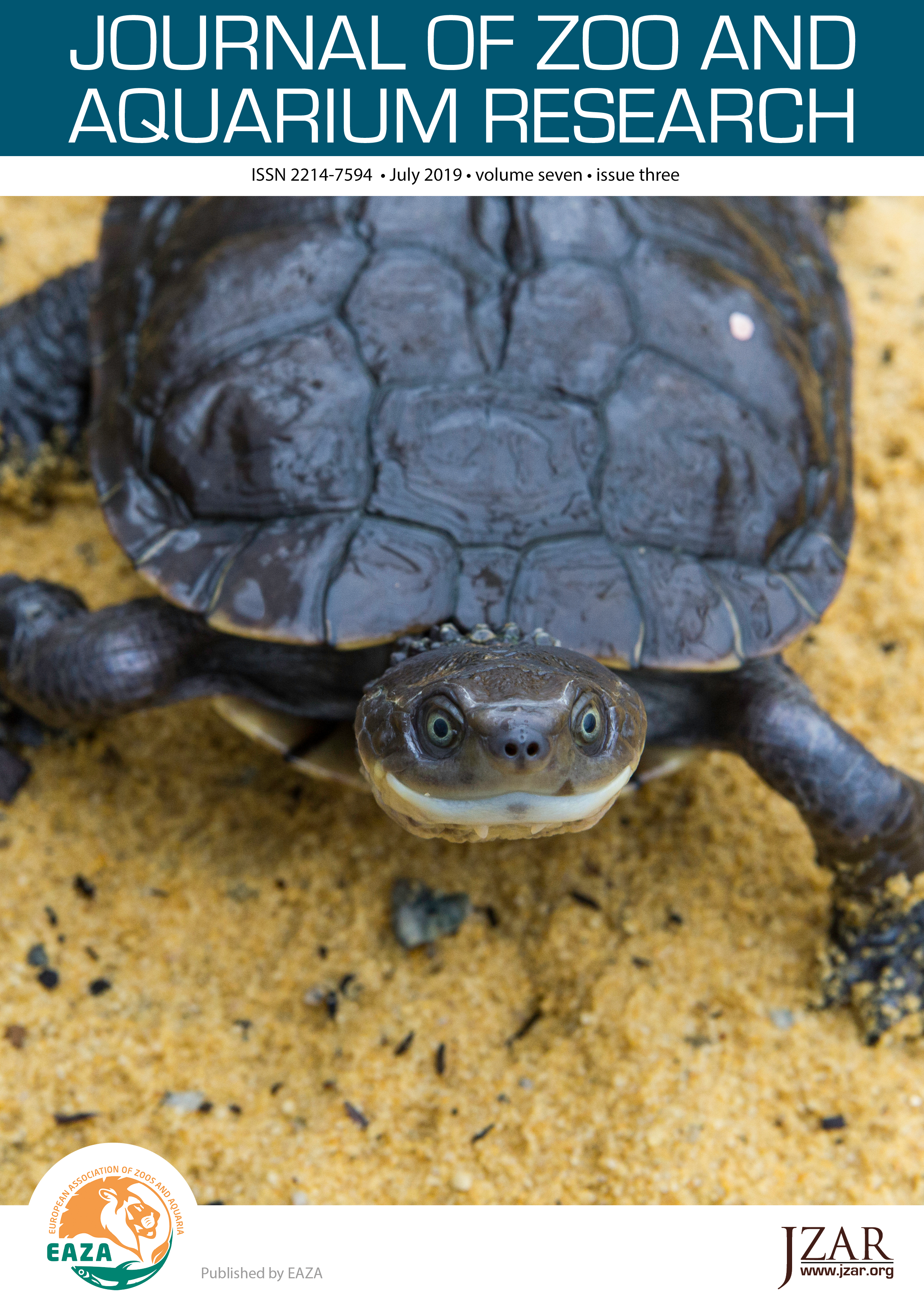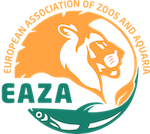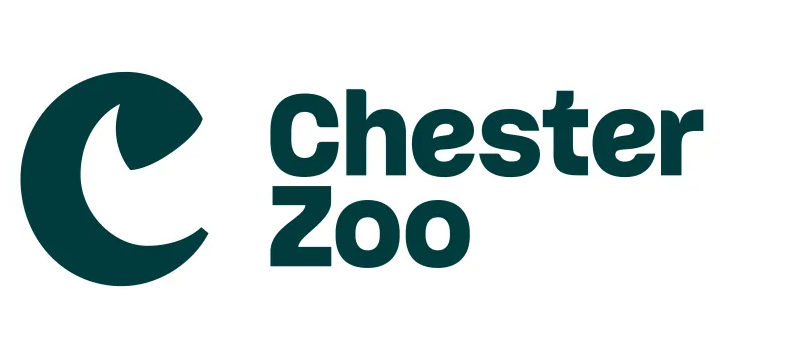Sexually Dimorphic Growth in the Western Swamp Tortoise, Pseudemydura umbrina (Testudines: Chelidae)
DOI:
https://doi.org/10.19227/jzar.v7i3.389Keywords:
Growth, development, sexual dimorphism, carapace length, tortoise, Pseudemydura umbrinaAbstract
Captive breeding of the critically endangered Western Swamp Tortoise (WST: Pseudemydura umbrina) has occurred at Perth Zoo as part of the species’ recovery plan since 1988. The first release of captive bred individuals took place in 1994. Individuals are primarily released into protected wild reserves at approximately three years of age, when they typically reach the mandatory minimum body mass of 100g. They are sexually immature at this age, and gender determination is not possible by external physical examination. For sustainable reintroduction programs, it is desirable to know the sex ratio of individuals prior to release, and the sex of individuals being retained for future captive breeding purposes. Utilising body mass and size morphometrics from zoo bred individuals retained until sexual maturity, we evaluated sex related changes in growth rates and body size over time. Sexual dimorphism in favour of males was first detected at four years of age, with significant differences (P < 0.05) observed in both the body mass (121.9±6.8 g vs 105.0±4.4 g) and carapace length (89.5±2.0 mm vs 83.2±1.4 mm). Age at which sexual maturity was attained varied between 5 to 13 years, but on average occurred earlier in males (8.0±0.5 yr) than females (8.7±0.4 yr). Data confirm a faster growth rate and earlier age of sexual maturity in males than females, as well as a smaller size (carapace length) at sexual maturity (~110 mm for males and ~100 mm for females) than previously reported for wild WST (110 – 131 mm). We suggest that using growth rate data, body size (mass and length) and plastron shape may be useful to determine sex at 4-5 years of age, and prior to release to the wild, to better monitor sex ratios at release and during future in situ monitoring.
Downloads
Published
How to Cite
Issue
Section
License
JZAR fulfils the DOAJ definition of open access and provides free and open access to the full text of all content without delay under a Creative Commons licence. The copyright holder of JZAR publications grants usage rights to third parties, allowing for immediate free access to the work and permitting any user to read, download, copy, distribute, print, search, or link to the full texts of articles.







